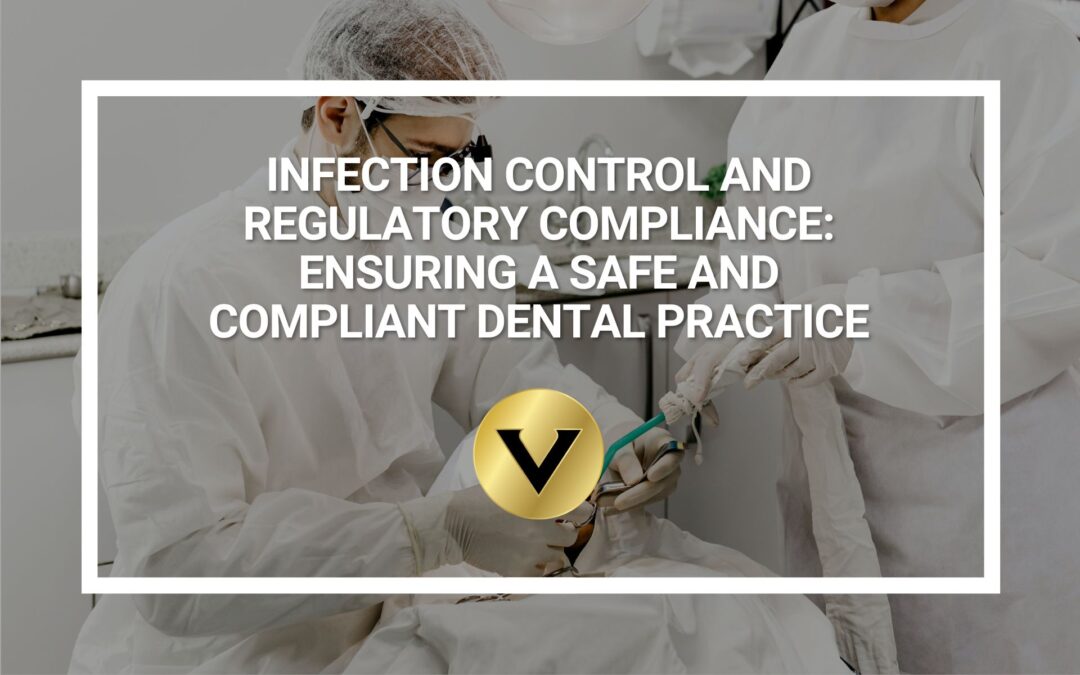Infection control and regulatory compliance are fundamental aspects of maintaining a safe and efficient dental practice. While the terminology may sound intimidating, their importance can’t be overstated. In simple terms, these measures ensure that your dental visit is not only comfortable but also safe. Let’s break it down into understandable terms for everyone.
What is Infection Control?
Infection control involves preventing the spread of infectious diseases within a dental office. Imagine you’re at the dentist, and they’re poking around in your mouth with all sorts of instruments. You’d want to be sure they’re not inadvertently passing any germs, right? Well, that’s what infection control is all about.
To ensure this, dental practices follow strict protocols. They sterilize instruments, use disposable items when possible, and wear gloves, masks, and eye protection to shield both the patient and themselves from potential infections. This meticulous attention to cleanliness ensures that every dental procedure is as safe as possible.
Why is Regulatory Compliance Important?
Regulatory compliance involves adhering to rules and guidelines set by government agencies and professional organizations. These rules exist to protect patients and ensure that dental practices meet high standards of care.
One critical aspect of regulatory compliance in dentistry is the Occupational Safety and Health Administration (OSHA) regulations. OSHA sets guidelines for workplace safety, including measures to protect dental staff from bloodborne pathogens like HIV and hepatitis. Compliance with OSHA standards guarantees that dental staff are well-trained and equipped to handle these risks safely.
How Does Compliance Affect Patients?
When a dental practice is compliant with regulations, it means they prioritize your safety. They follow strict protocols to minimize the risk of infection transmission and ensure a clean environment for your dental care.
Regular inspections and audits by health departments and dental associations ensure that dental practices maintain these high standards. This oversight helps protect you from potential harm and guarantees that you receive the best possible care.
Your Role in Ensuring a Safe Dental Visit
As a patient, you also play a part in maintaining infection control. Be sure to communicate any health concerns or conditions to your dentist. Honest and open communication helps the dental team take additional precautions if necessary.
Additionally, it’s crucial to follow post-procedure care instructions to prevent complications or infections. Proper oral hygiene, as advised by your dentist, is a key part of this.
Infection control and regulatory compliance are the backbone of a safe dental practice. They ensure that every dental visit is as risk-free as possible for both patients and dental staff. By understanding these concepts, you can actively participate in maintaining a safe and healthy dental environment for everyone involved. So, the next time you’re at the dentist, rest assured that your safety is a top priority.

